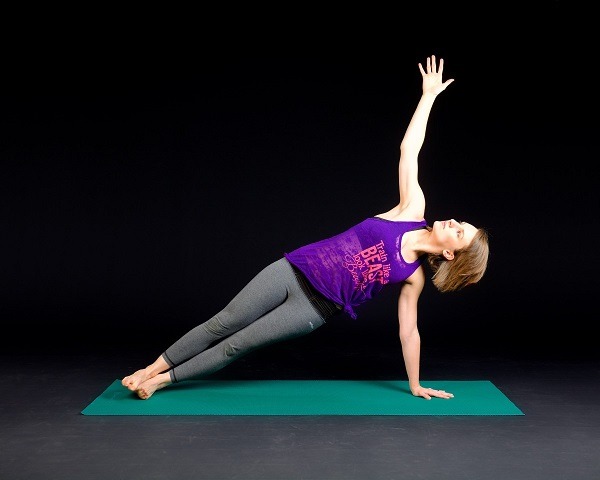Thickness is an important consideration while choosing a Pilate mat. The comfort level heavily relies on how thick your mat is, especially for strength and balancing exercises. That said, the market standard for a Pilate mat is 0.6 inches, or anywhere between 10mm and 16mm. This is especially in contrast to their close counterparts, the yoga mats, which are generally less thick.
Although thickness will significantly impact your decision while shopping for a Pilates mat, many more factors go alongside a perfect mat. Such include the size of the mat and the material used in making it. Considering all these factors enables you to make a more informed decision whenever purchasing a Pilates Mat. You can eventually land a more comfortable to use and the right Pilates mat for your workout routines.
How Do You Find the Right Thickness for Your Pilates Mat?
As opposed to Yoga routines, Pilates requires specific movements, most of which involve random articulation of the spine. In this case, more pressure is exerted on your back. That’s the reason why Pilates mats are often thicker than yoga mats. It is, therefore, essential that you find the right thickness that fits well with your Pilates routines.
Thick mats support a range of motions like belly-based moves, side-lying, and standing-based movements. Similarly, standing on a soft, cushion-like mat lets most of your feet muscles keep your body in a stable position, which eventually activates more muscles. No one size fits all for the right thickness, though a few approaches can help you determine the perfect thickness.
The right thickness majorly boils down to how comfortable you prefer your body parts while lying on the Pilates mat, especially the skeletal areas like spines, knees, and hip bones. On the contrary, opting for a very thick mat can make it challenging to feel connected with or balance to the floor. We, therefore, recommend finding the right balance between the two aspects, which typically goes with trials and error. Until you find the right fit, start with something around 4mm as you gauge your comfort level, and with time, you will be able to choose the perfect thickness for your exercises. Our experts at Movement 101 can also help you make an ideal choice, whether you’re after a custom-tailored exercise program, a comfortable Pilate exercise during pregnancy, or boost your flexibility in general.
The Right Thickness Also Implies the Right Density
The Pilates routines involve engaging several smaller, often ignored types of muscles for a more robust posture. As such, shorter movements with fewer repetitions are employed. That means the Pilates mat needs to be up to the task of supporting various activities during your exercise procedures. But most Pilate mats tend to stretch, especially when putting pressure on both your hands and legs in opposite directions.
Although not a significant issue to most people, finding a thicker mat that’s less soft can dramatically improve your experience. And the right decision is to opt for a thick mat, which generally translates to the right density. A dense Pilates mat tends to provide the right amount of support to the spine, and not to mention; it sits firmly on the floor. However, not all thick mats are dense. Though they might be softer to lay on, thick mats, which are less dense, provide less support and make it harder to balance. An essential factor that determines the density of the Pilate mat is the compactness of the PVC form, how closely it is woven together.
Relatively Important Factors to Pilates Mat Thickness
As we have mentioned before, thickness alone cannot determine the perfect Pilates mat for you. Instead, you need to pay respect to other equally important factors to make the right decision. These factors include the material type, texture, size, and comfort of the mat.
Material
Material type often determines how flexible the mat is. A too flexible mat risks your alignment levels as you are likely to slip and slide on more often. Most shops have form and PVC made Pilates mats, whereas others have environmentally friendly materials like recycled rubber. However, various mats choose based on materials, aiming for a quality density, good texture, and high comfort levels.
Size
The size of the mat matters, mainly basing on your body size, width, and height. For example, tall and big body-sized Pilate practitioners should select more extensive options than the standard size. The standard size ranges typically from 1.9-foot by 5.5-foot and usually the recommended size for most people. The longest measurement can vary between 6.2-foot to 6.5.
Texture
Pilates mats are typically less grippy, which allows for an easy glide and proper balance. That is contrary to yoga mats which are generally coarse for use with movements like the downward dog. You can also choose a dual-purpose mat both used in yoga and Pilates.

